 Abraham Lincoln
If given the truth, the people can be depended upon to meet any national crisis...
Abraham Lincoln
If given the truth, the people can be depended upon to meet any national crisis...
 Guildford news...
for Guildford people, brought to you by Guildford reporters - Guildford's own news service
Guildford news...
for Guildford people, brought to you by Guildford reporters - Guildford's own news service
Birdwatcher’s Diary No.122
Published on: 1 Nov, 2016
Updated on: 1 Nov, 2016
By Malcolm Fincham
Will we be graced by an ‘earful of waxings’ this winter? My personal optimism is high, with a few having already been reported as far south as Suffolk.
With Atlantic winds continuing to be held back, allowing an easterly flow throughout the most part of October, it has certainly opened the gates for wintering birds to arrive from across the North Sea.
These have already included a few records amounts of rarities including several Siberian accentors.
Arriving on easterly winds from the Urals in Northern Russia, they have not been recorded in the UK before. A relative of our own resident Accentor, better known as the dunnock.
The usual sightings of redwings and fieldfares had already started to arrive, on cue from Scandinavia.
My first autumn sightings of redwings feeding, always seem to be on yew berries, although these berries are highly poisonous to many animals. For redwings however, it seems a preferred fruit.
Surprisingly for birds, especially of the thrush family as redwings are, although the seed coat of yew contains a cocktail of highly toxic alkaloids, the aril (fleshy red part) is not toxic and is a special favourite of redwings which act as efficient seed dispersers. Apparently some birds, such as greenfinches, even manage to remove the toxic seed coat to get at the nutritious embryo. And for some reason, redwings just seem to love them!
Birds are one of nature’s perfect distributors of seeds through their digestive system. And it wasn’t long before winter thrushes could be seen feeding on hawthorns and rowans. Taking flight in small flocks of 20-plus, making their ‘seep-seep’ sound, at the first sight of us humans.
At Pulborough Brooks in West Sussex, although getting distant views through a scope of a group of at least four Eurasian white-fronted geese, they remained too distant to pick out on camera, so I had to settle with a few ‘in flight’ shots of a small group of greylags and Canadas, as they flew in.
I was enlightened by the sighting of both a male and female marsh harrier that spent a while hunting over the ‘brooks’, with the male occasionally coming within camera range.
Skulking in the bushes a few blackcaps could still be viewed.
Stonechats seem to have reproduced well this year, seeing them at most places I have visited recently, with ample sightings around the brooks at Pulborough.
On the morning of October 13, there was a rare Surrey sighting of a great white egret that had spent a few hours Tice’s Meadow, near Tongham.
Having recently seen at least eight at Dungeness, I didn’t feel it essential to see it, although I suppose it would have been nice to claim one for a Surrey sighting. However, by the time I got my act together and visited, by early afternoon, it had flown.
As a consolation, several bearded tits could be heard in a small section of reed beds, getting a few brief sightings, the best of which was of two, too fast for me to catch on camera, as they flew across the footpath between sections of phragmites reeds that grow there.
October 14 welcomed the arrival of a great grey shrike on what will hopefully be its annual winter stay at Thursley Common.
Although very mobile, two had been spotted there. Although only getting a distant picture of one of them, it was pleasing to know it had made its arrival from its breeding grounds in Eastern Europe, safely.
All in all, it turned out to be quite a productive day, getting good views and even several pictures of Dartford warblers, counting at least five along the short boardwalk that leads to ‘shrike hill’.
At the foot of the hill, at the end of the boardwalk, an unusual structure can now be viewed in all its glory! Its design is in memory of one of the many pylons that used to be a ‘blot’ on the landscape there, just a few years ago. Using a small section of one of the original structures, they have added a ‘dragonfly’, which I’m not sure that even regular and knowledgeable readers of this report could identify?
A ‘charm’ of goldfinches seemed to follow me, chirping around the treetops like a group of haunting banshees. On ‘shrike hill’ small flocks of meadow pipits gathered, feeding out of sight in the heather, occasionally taking flight in unison, spiralling around before settling in another section of heather.
While stonechats perched like sentinels on the tops of gorse bushes.
Regular readers will know that Farlington Marshes near Portsmouth is one of my favourite ventures at any time of the year. Brent geese had now started to arrive for their winter stay, having flown their 2,500-mile journey from their summer breeding grounds in Siberia.
While numbers of those whistling, wintering, wigeon continued to grow.
What seems to be a resident barnacle goose that I saw and photographed on a previous visit was still present, feeding alongside several Canada geese.
A greenshank waded in the harbour, looking for snacks of which the tide had left behind.
While redshanks could be seen flying out to feed on the mudflats in small groups as the tide began to recede.
A few teal could be seen flying into the lagoon to meet up with the ones already residing there.
As they dabbled alongside the wigeon and shovellers.
In the main lagoon the elusive common snipe was giving unusually good views, as it probed the muddy edges of the reed bed.
While nearby, a black-tailed godwit probed with its longer bill in a slightly deeper area.
Surprisingly, I caught sight of a water rail shuffling through the reeds. Unexpectedly, it made a rare appearance into the open, just long enough to catch a few photos before it merged back into the reeds and out of sight.
Starlings had increased in number since my last visit creating mini murmurations as they grouped up together.
And landing in unison to feed on what remained of the blackberries on the brambles.
In a separate flock, linnets were now in excess of 100 birds.
As well as a similar number of goldfinches.
A common sight there these days and seen throughout most of the year are little egrets, with plenty to be seen on this occasion.
While both male and female stonechats were showing well.
Having neglected visiting my local patch at Riverside Park Nature Reserve (Stoke Lake) during the last few weeks, a visit there was long overdue.
Meadow pipits are commonly sighted around the field on the southern end of the lake.
Cormorants had once again taken up their regular postures on the ‘tern raft’ on the lake, drying their wings in the sunshine.
Two different birds of prey could be seen in a short space of time. Getting reasonable pictures of both, I was quite pleased.
First, a common buzzard flew unexpectedly low overhead, having taken flight from its perch on the far side of the lake.
Shortly after a sparrowhawk glided over, making tight circles, before making off in its typical flap, flap, glide motion.
At the far end of the lake, by its outlet, I was once again fortunate to briefly see a kingfisher, just long enough to focus my camera and ‘snatch’ a picture as it took flight.
Jays had now become active in flight, collecting acorns to store in their secret larders, storing them away for later consumption.
On quieter moments when the sight of dog walkers lessen around the reserve, there is always the chance of spotting roe deer. Although mostly distant as they graze across the river.
Or occasionally, if lucky, quiet and ‘stealth’ in one’s walk, as I was on a recent visit, a chance of a close encounter can sometimes be obtained.
This one was more curious than fearful as we made eye contact. Continuing to eat and lick its lips as it ‘checked me out’ at close quarters.
As the day came to a close there, a train of jackdaws appeared across the river. Collectively known as a clattering of jackdaws, they presently come to roost near the Slyfield recycle depot in large numbers, occasionally in excess of 500 birds.
This time of year is always deserving of some scenic shots, I feel. And added to this, worthy of a little reminiscent of my youth, recalling in my thoughts of teenage rambles based around Rydes Hill.
Watching a kestrel hunting over the field next to Rydes Hill Common.
It swooped majestically, successfully snatching a mouse for its supper.
I rolled back in my mind through the days of my youth, recalling memories of those days long past with such things of today beyond my comprehension.
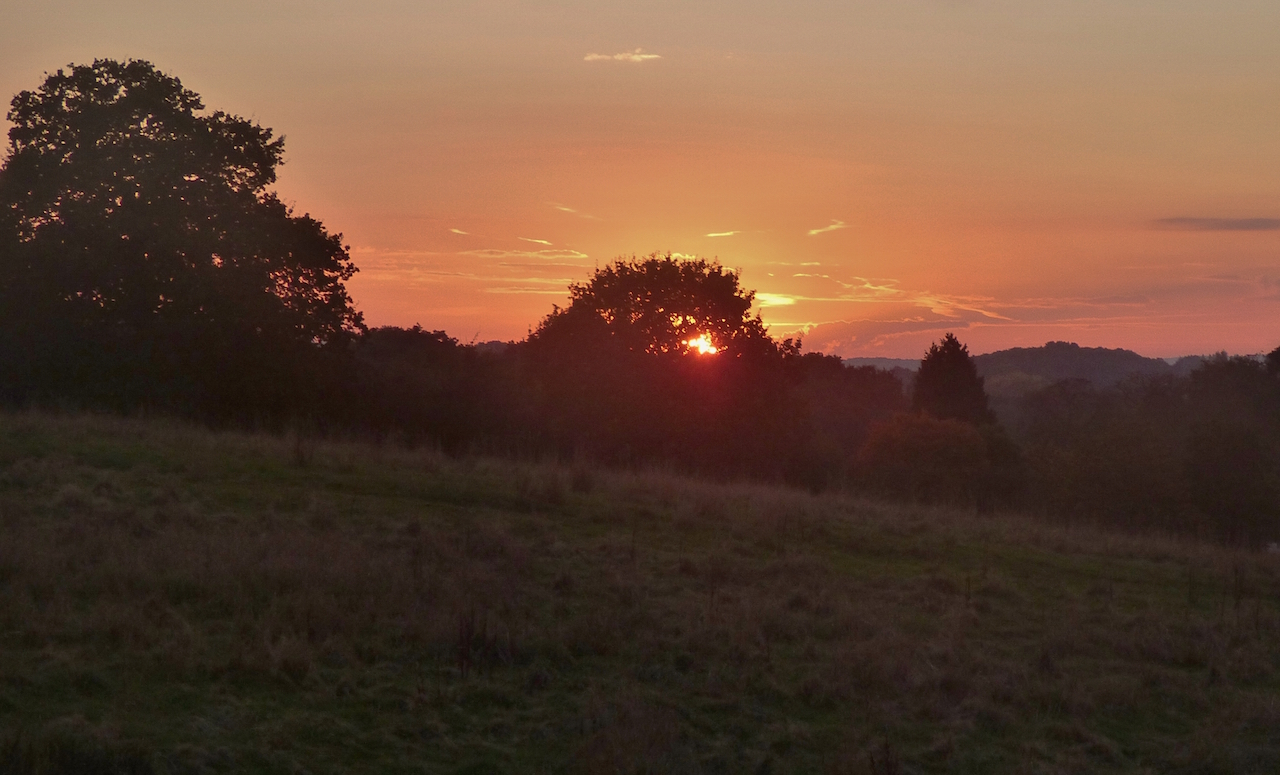
Sunset viewed from Rydes Hill Common. The ‘first common’ as we called it, the ‘second common’ being the one next to the then Cricketers pub across the Aldershot Road.
But one thing that remains true today is the beauty of our countryside.
Responses to Birdwatcher’s Diary No.122
Leave a Comment Cancel replyPlease see our comments policy. All comments are moderated and may take time to appear. Full names, or at least initial and surname, must be given.
Recent Articles
- Burglar Jailed Thanks To Quick Action of Ash Resident
- Highways Bulletin for December
- Birdwatcher’s Diary No.318 Some Pre-Christmas Rambles
- Merry Christmas and a Happy New Year to All Our Contributors and Readers!
- More Units Added to Solums’s Station Redevelopment
- Vehicle Stop on Epsom Road Leads to Prolific Drug Gang Being Put Behind Bars
- Local Political Leaders Respond to Publication of the English Devolution White Paper
- Flashback: Guildford All Lit Up For Christmas – Then And Now
- City Earn Themselves a Three Point Christmas Present
- Mayor’s Diary: December 23 – January 4


Recent Comments
- Jim Allen on Two Unitary Authorities, One Elected Mayor – Most Likely Devolution Outcome for Surrey
- Mike Smith on Two Unitary Authorities, One Elected Mayor – Most Likely Devolution Outcome for Surrey
- Angela Richardson on Two Unitary Authorities, One Elected Mayor – Most Likely Devolution Outcome for Surrey
- Frank Emery on Two Unitary Authorities, One Elected Mayor – Most Likely Devolution Outcome for Surrey
- Paul Kennedy on Two Unitary Authorities, One Elected Mayor – Most Likely Devolution Outcome for Surrey
- Alan Judge on Dumped E-bike Provokes Questions
Search in Site
Media Gallery
Dragon Interview: Local Artist Leaves Her Mark At One of England’s Most Historic Buildings
January 21, 2023 / No Comment / Read MoreDragon Interview: Lib Dem Planning Chair: ‘Current Policy Doesn’t Work for Local People’
January 19, 2023 / No Comment / Read MoreA3 Tunnel in Guildford ‘Necessary’ for New Homes, Says Guildford’s MP
January 10, 2023 / No Comment / Read More‘Madness’ for London Road Scheme to Go Ahead Against ‘Huge Opposition’, Says SCC Leader
January 6, 2023 / No Comment / Read MoreCouncillor’s Son Starts Campaign for More Consultation on North Street Plan
December 30, 2022 / No Comment / Read MoreCounty Council Climbs Down Over London Road Works – Further ‘Engagement’ Period Announced
December 14, 2022 / No Comment / Read MoreDragon Interview: GBC Reaction to the Government’s Expected Decision to Relax Housing Targets
December 7, 2022 / No Comment / Read MoreHow Can Our Town Centre Businesses Recover? Watch the Shop Front Debate
May 18, 2020 / No Comment / Read More






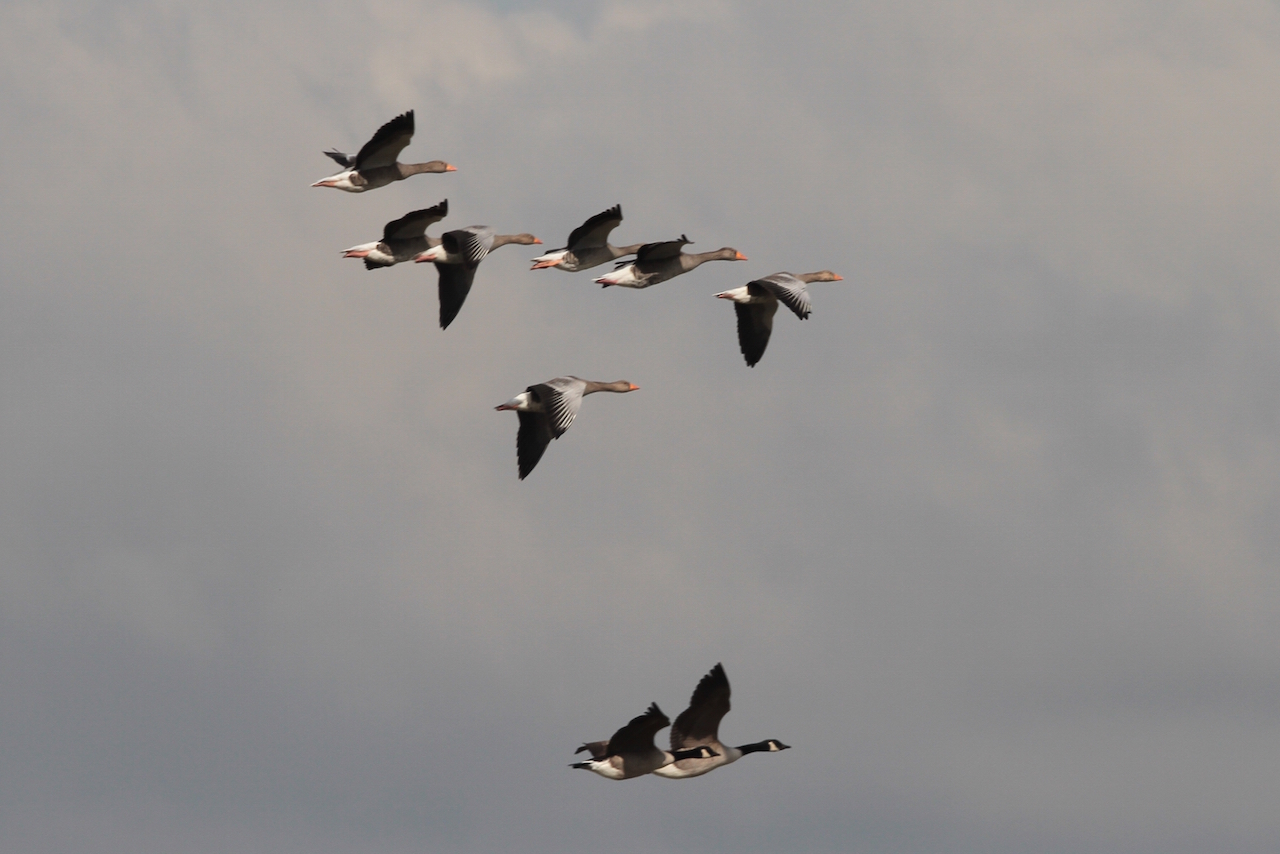


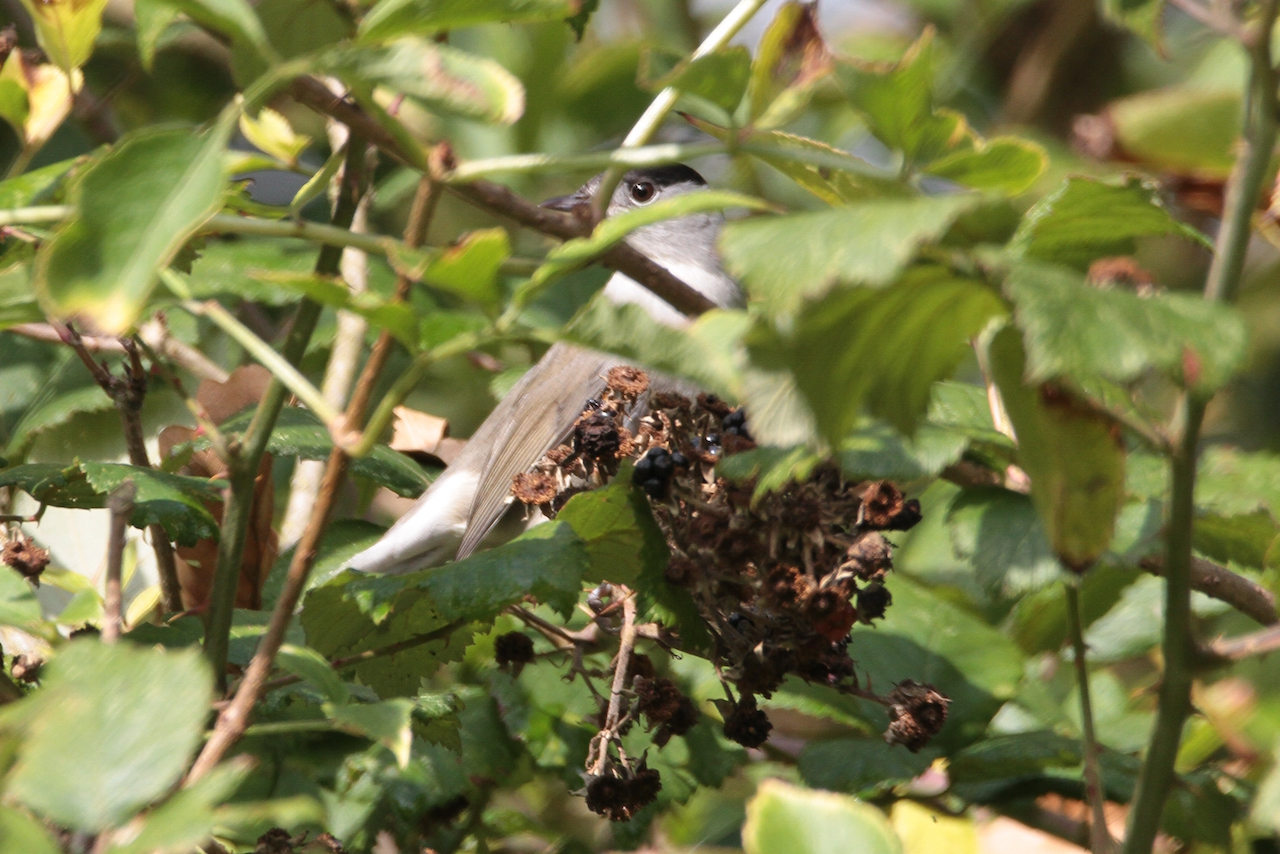
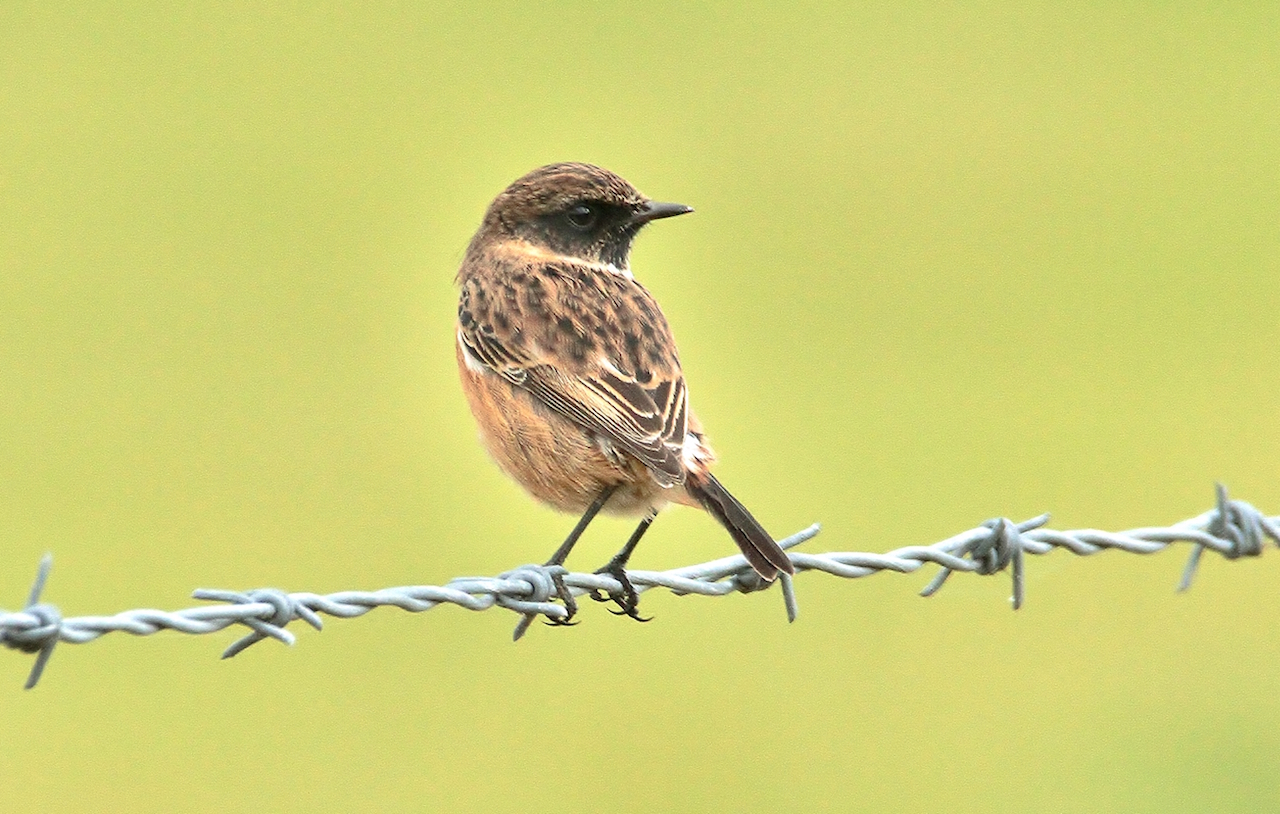
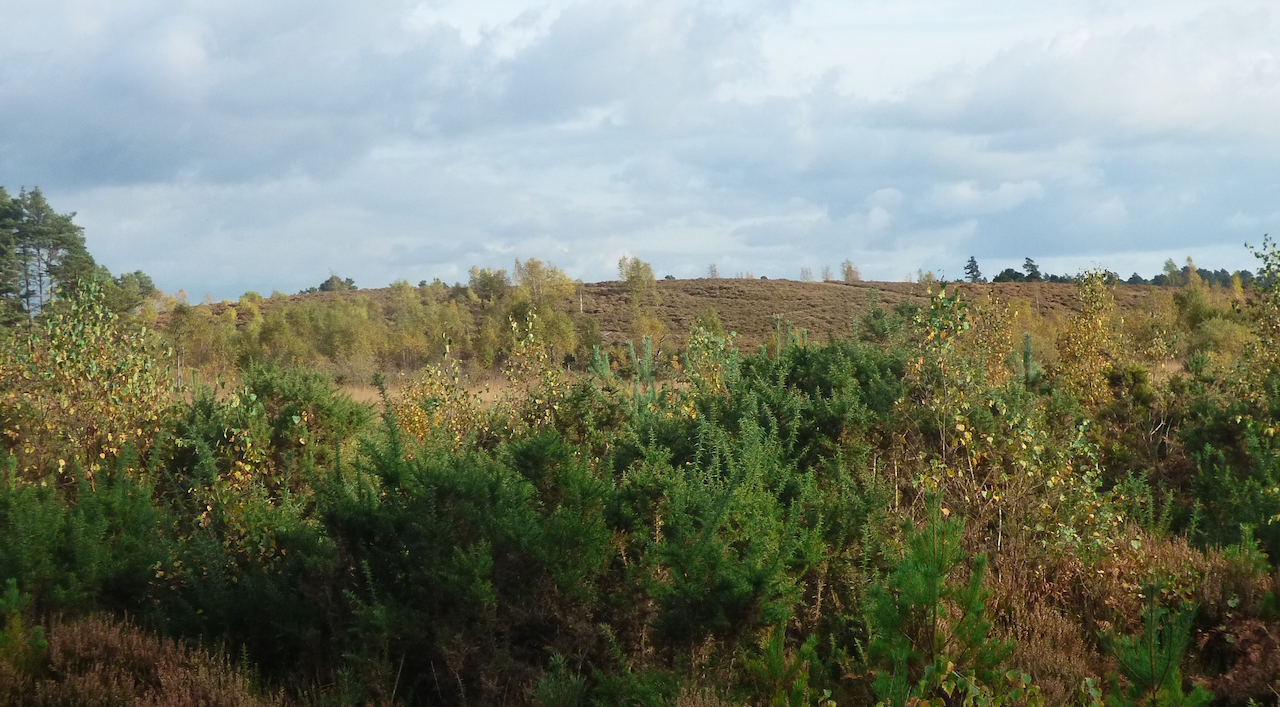
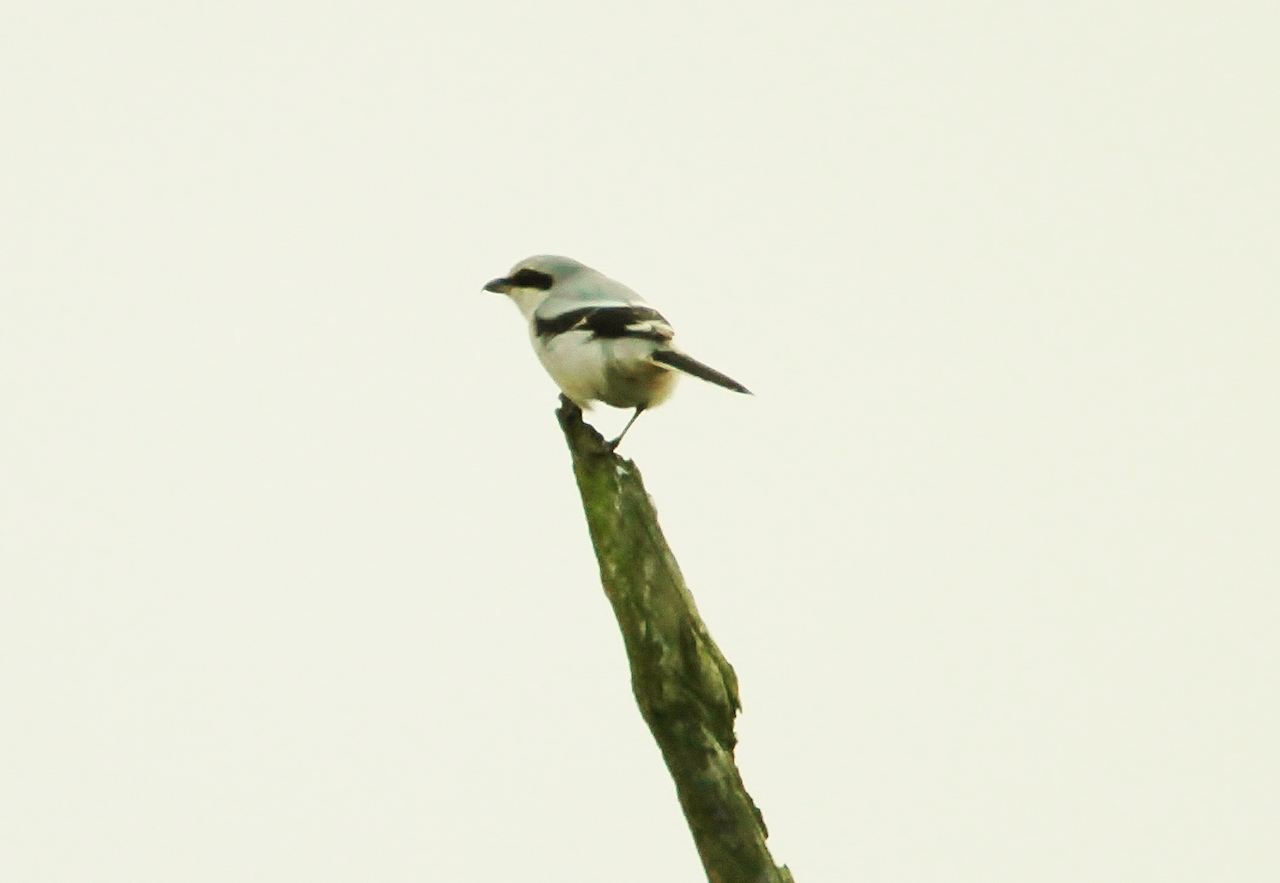



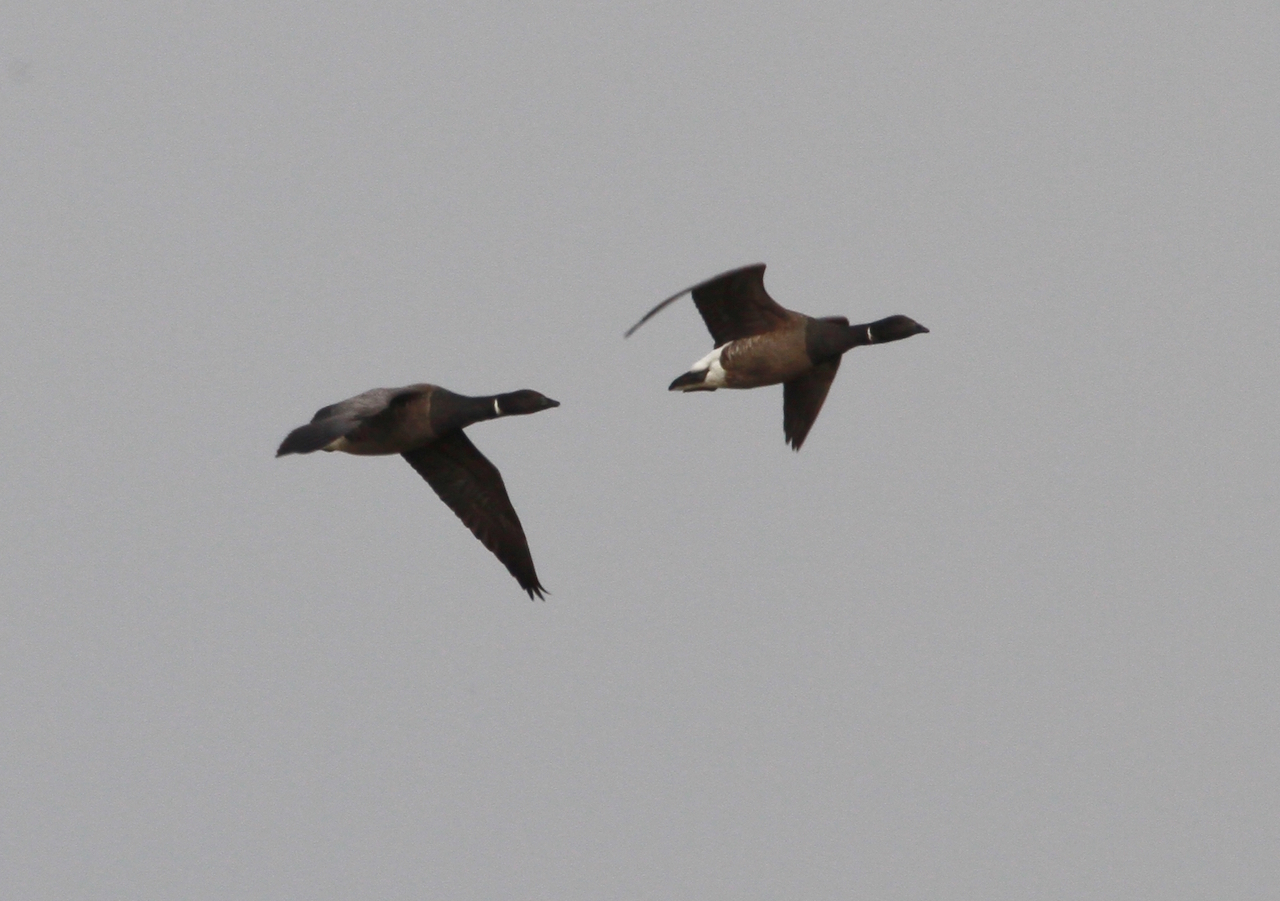


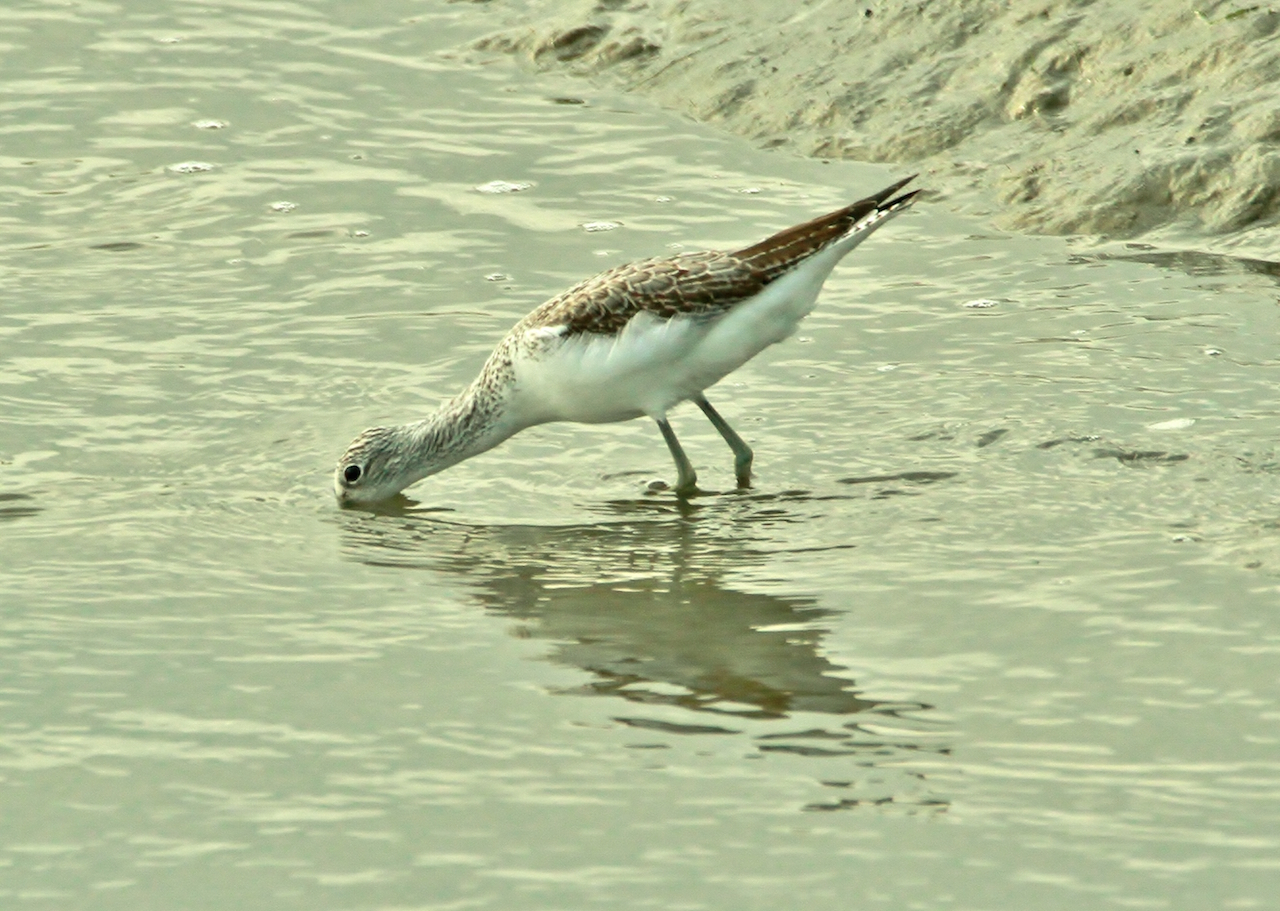









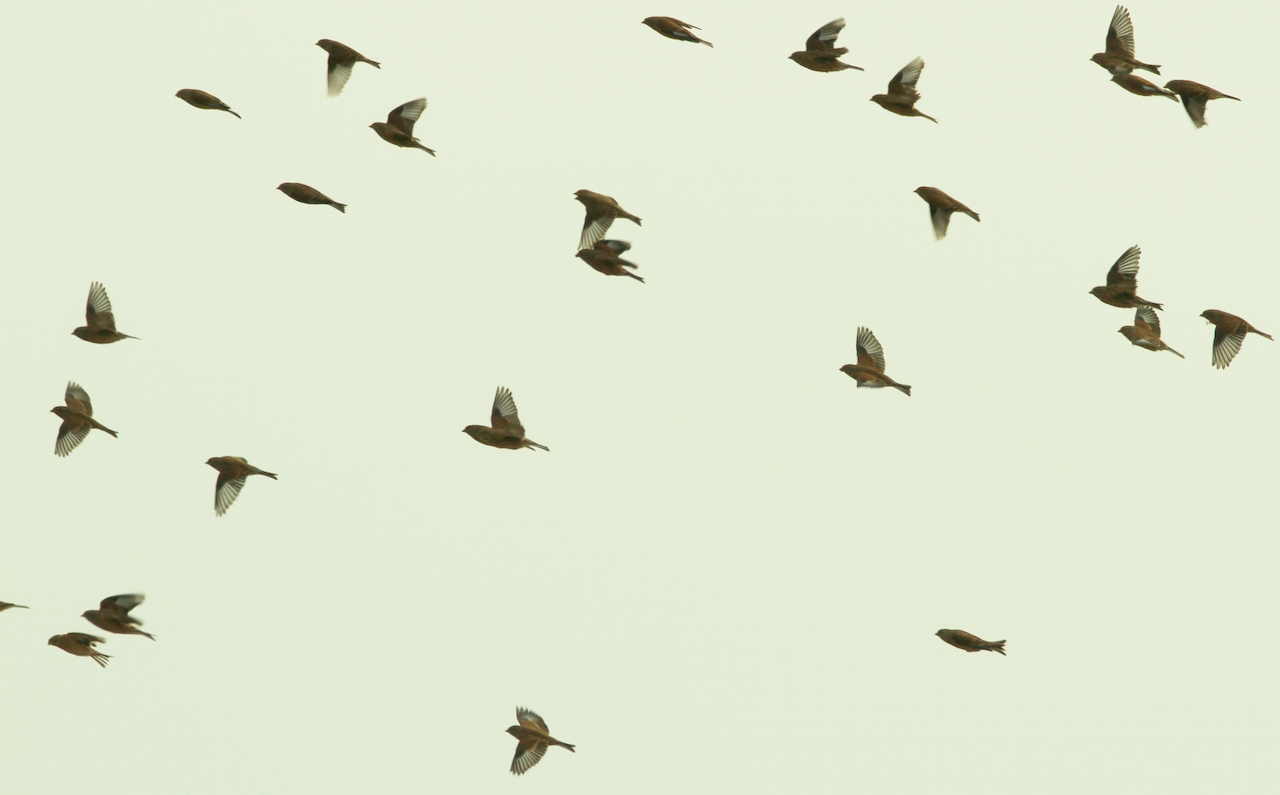
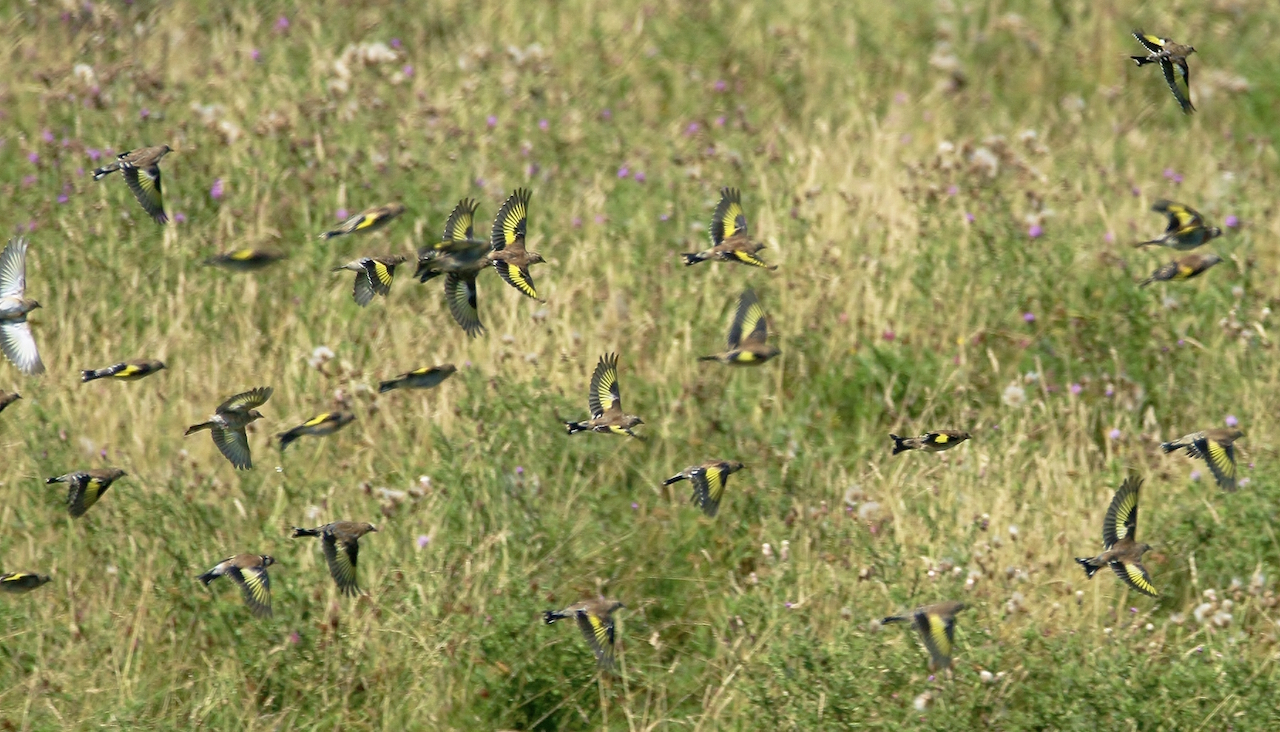

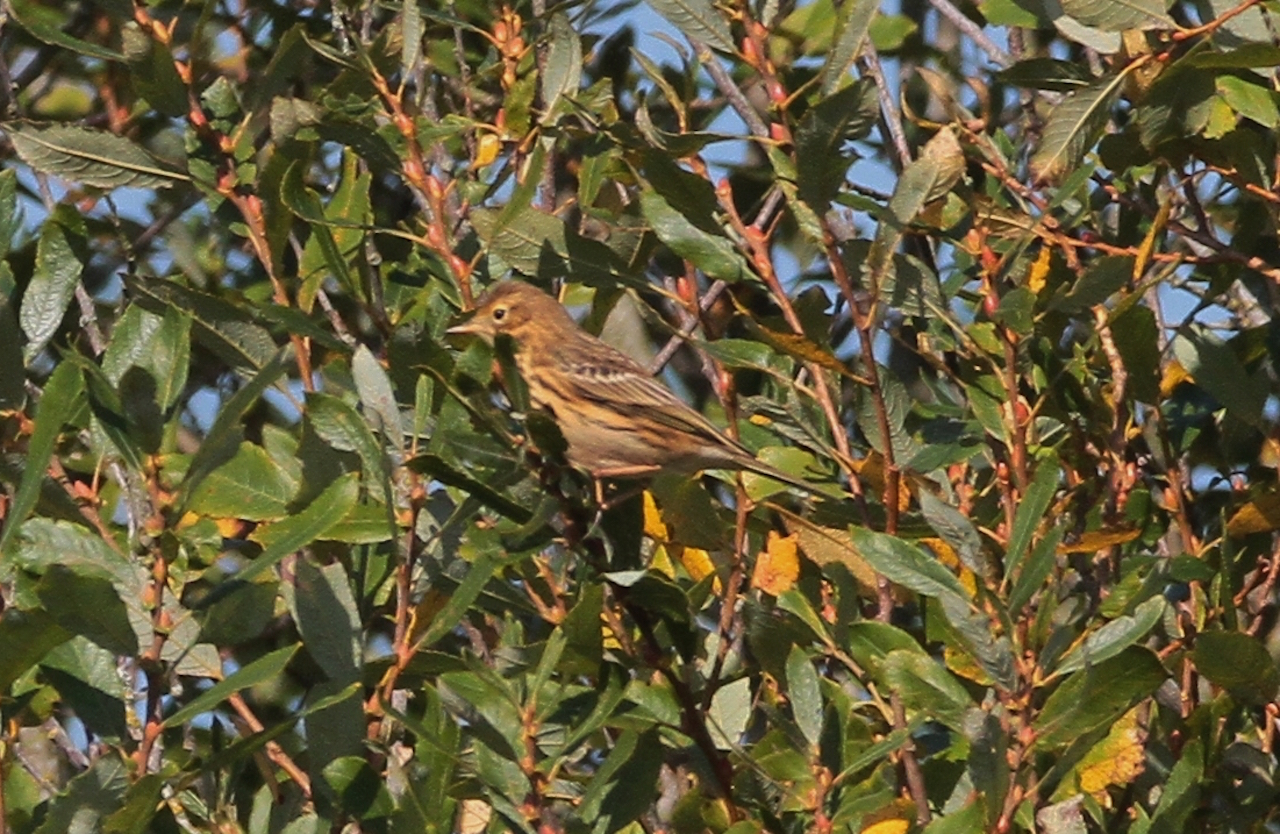

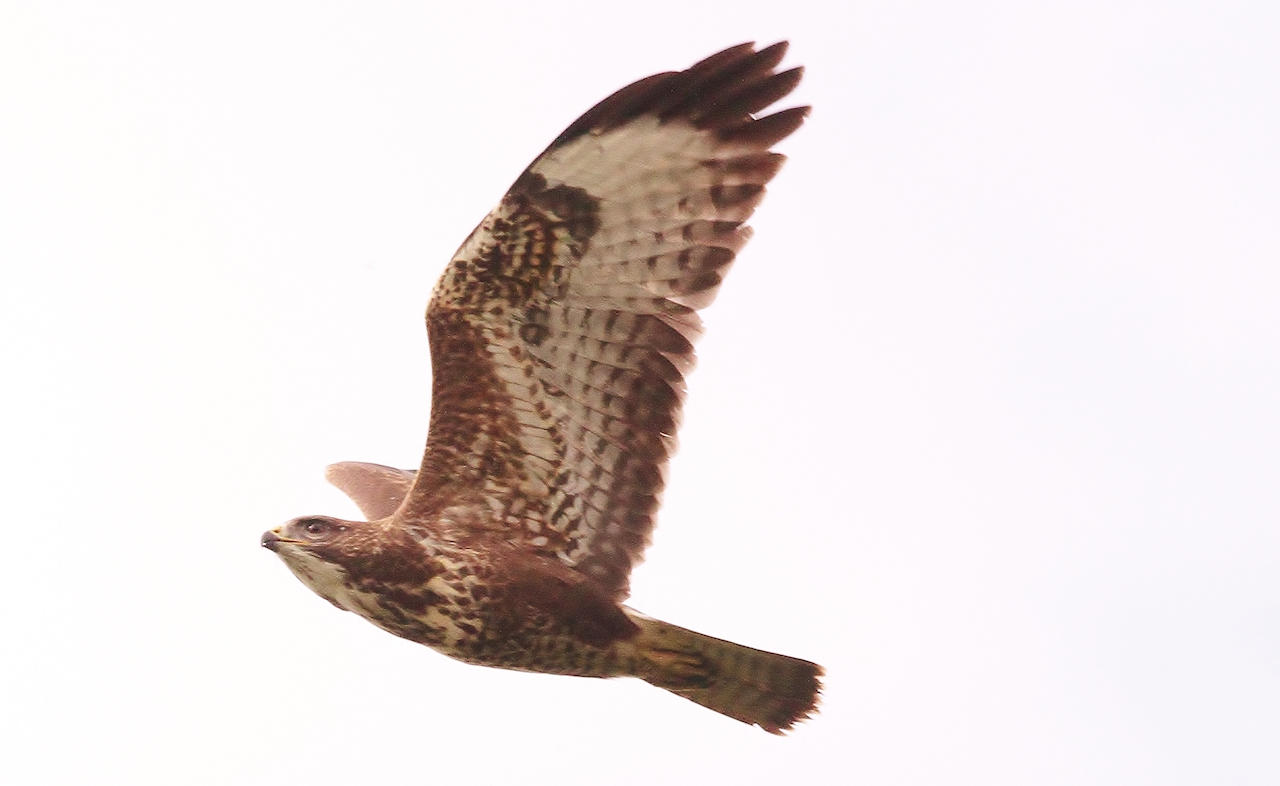

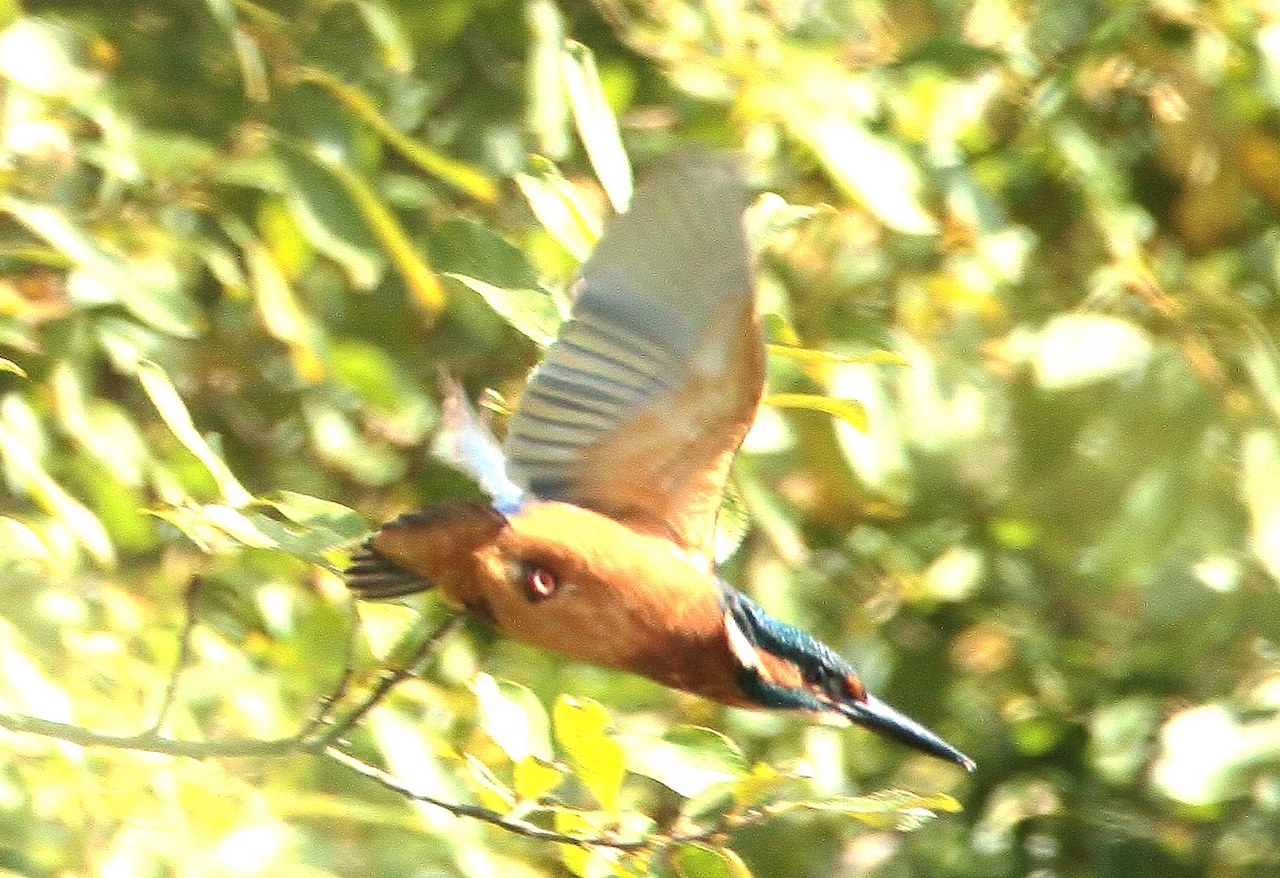

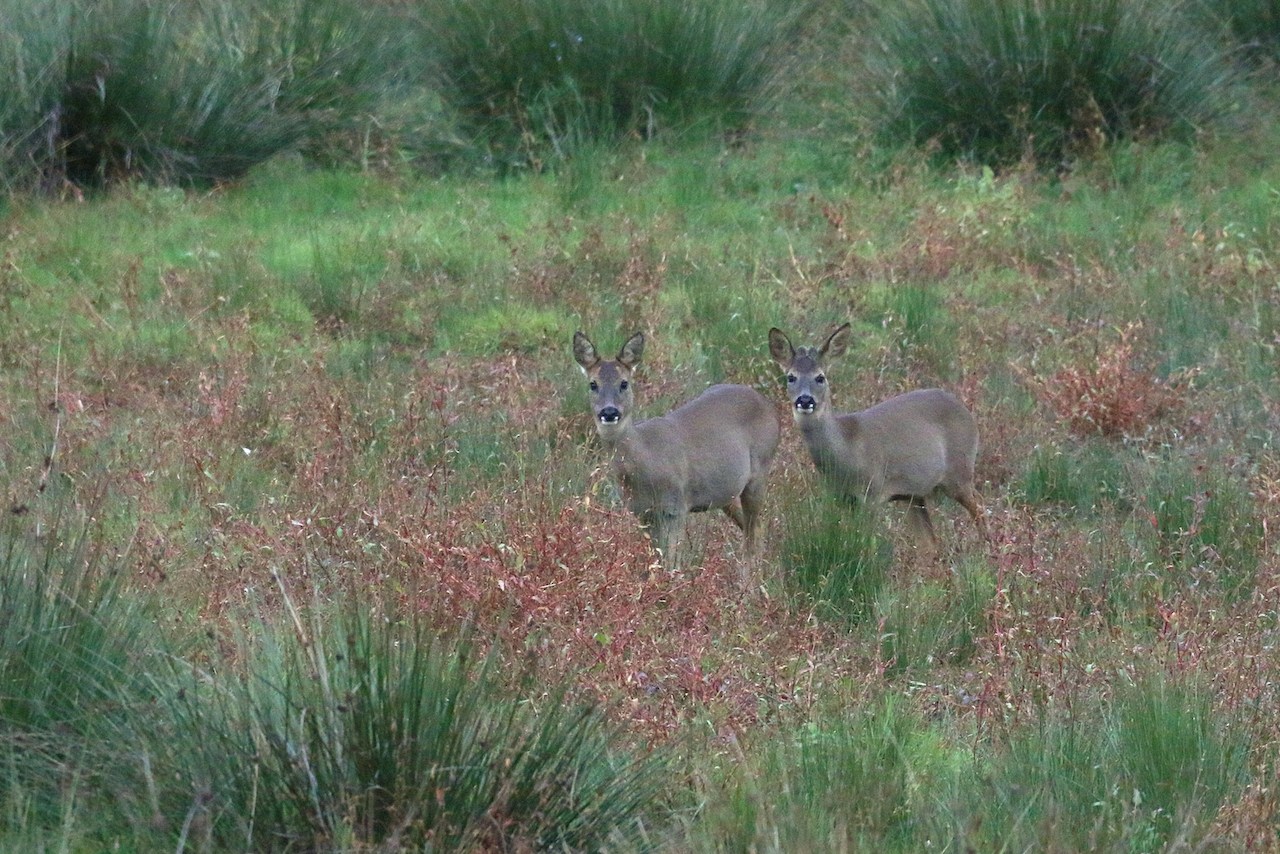
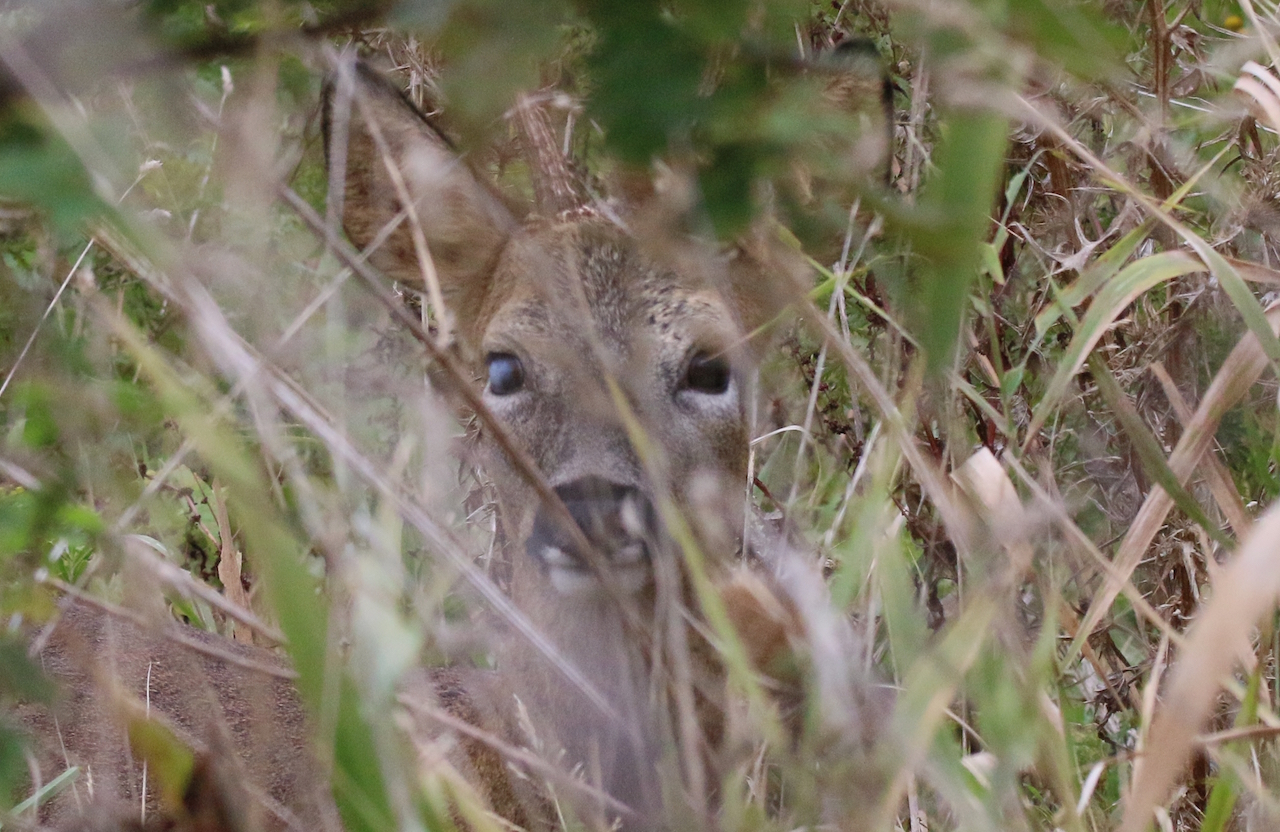


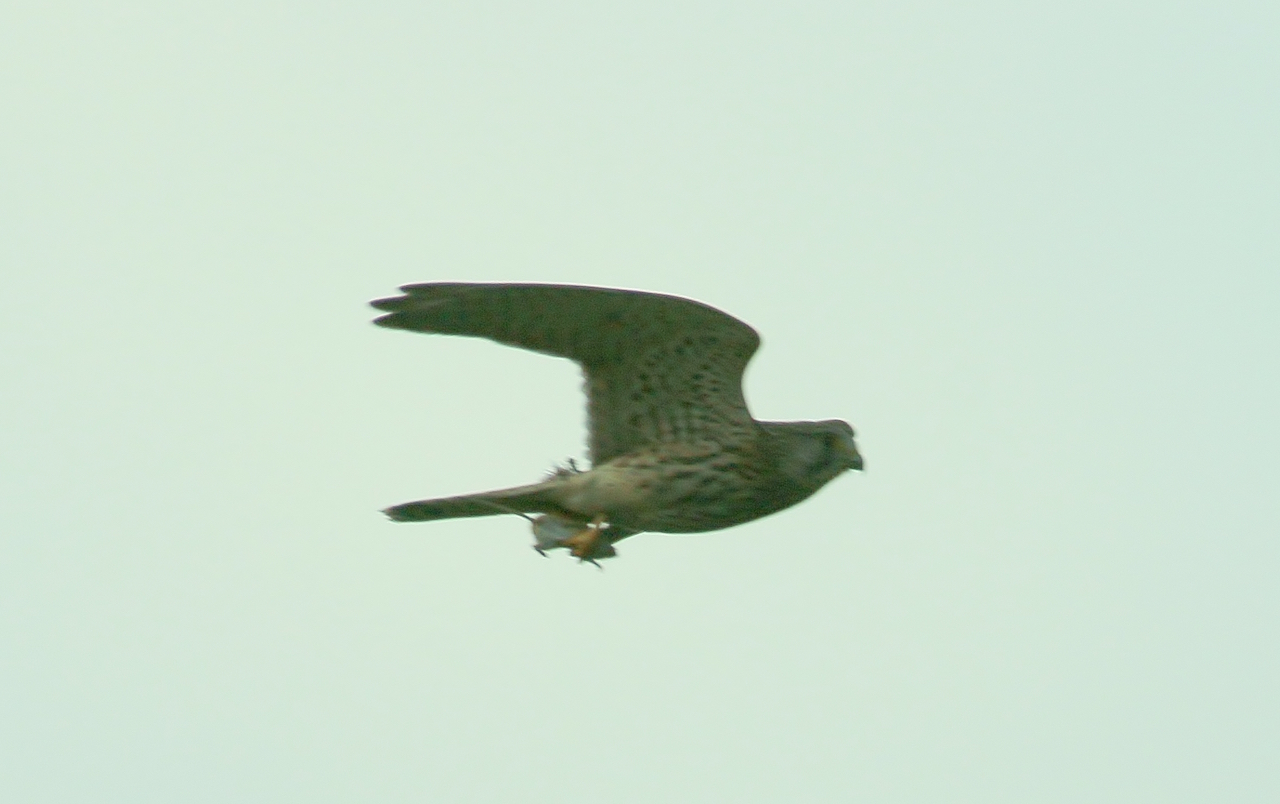
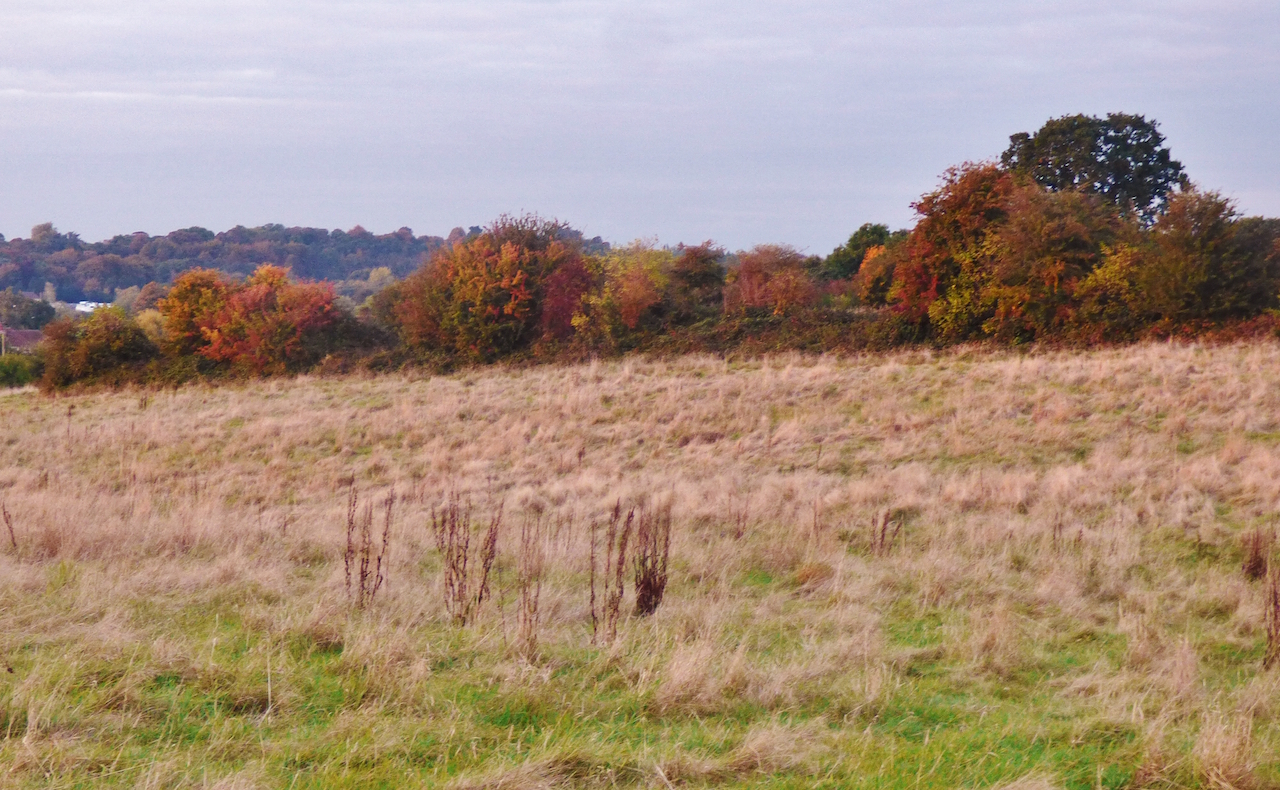








John Lomas
November 1, 2016 at 8:39 pm
The first or “top” common was my sledge ride of choice during the late 1940s and 50s. And the top part of it also served as a cricket pitch in the summer.
There used to be a lot of bracken there, particularly on the left facing down the hill, is it still rampant?
[David Rose: sorry John, oak trees and other larger plants have taken over in my lifetime – you can hearly see the view across to Wood Street and beyond from the top now.]